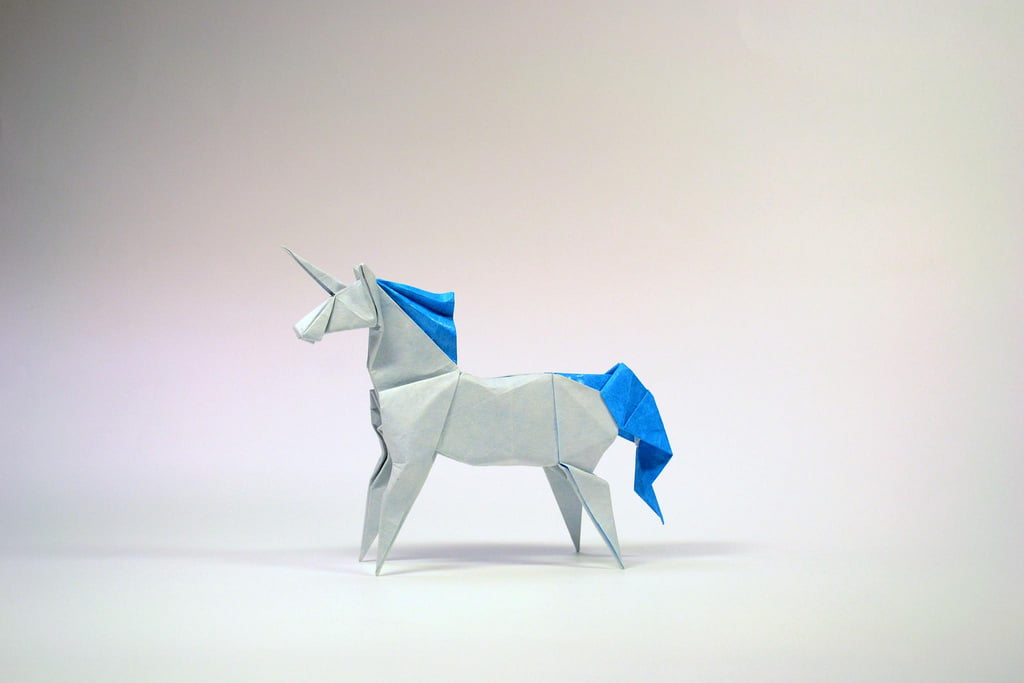
Welcome to the Thinking Nutrition blog. The purpose of this blog is to give you the latest nutrition research and controversies discussed in straight forward language, distilling out what you need to know for your better health. To start things off, I’ll tackle some common nutrition and exercise myths to put things straight. You can also read about more nutrition myths I’ve covered on this blog here.
Myth 1: Exercise makes you eat more food and gain weight
It is time to ignore any advice you hear that all your sweat and hard work in the gym is sabotaging your weight loss efforts by causing you to eat more. Every little bit of exercise can help in shifting unwanted flab. The firm conclusion of research studies is that exercise has a modest, but consistent benefit on body fat reduction and this benefit is independent of dieting. Exercise has also been shown to have a ‘dose’ effect with increasing amounts of exercise leading to greater weight loss. The more you move, the more you lose. Aiming for at least 60 minutes each day is linked with the greatest benefits on body weight.
Myth 2: A slow metabolism is to blame for most people’s weight gain
This is a common myth among people trying to control their weight. Research studies have shown that resting metabolism, which is the number of kilojoules used by the body at rest, increases rather than decreases as people gain more weight. As someone gains more weight from storing fat, the body needs to support that extra weight so more muscle is added. The more muscle you have, the higher your metabolic rate tends to be even at rest. Only in rare situations where a person may have an underlying medical condition such as an under-active thyroid gland could weight gain be explained by a ‘slow metabolism’.
Myth 3: ‘Negative calorie foods’ such celery burn up more energy than you consume

If only it was as simple as eating your way to thinness,. But there is no such thing as a negative calorie food. Even the humble stick of celery, while being about 95% water, still contains a small amount of kilojoules from carbohydrate (65 kJ to be exact). There certainly is an energy cost to your body in digesting food, but that equates to about 10% of the energy in the food. So even celery adds some kilojoules to your diet. And while it’s a small number, it’s definitely not a negative number. How foods like celery, lettuce and broccoli can help you lose weight is if your mouth is full of celery, then there’s no room to fit in pies and hamburgers.
Myth 4: You need to exercise in the ‘fat burning zone’
Well–meaning advice claims that you need to exercise at a low-to-moderate level of intensity to burn fat. Yes, it is true that the body burns the greatest percentage of fat at lower intensities of aerobic exercise, but at higher intensities you burn way more total kilojoules – and more fat kilojoules overall. Low intensity workouts do promote weight and fat loss; you just have to do them for a longer period of time. When time is limited to exercise, then it makes sense to work as hard as you can safely do so to get the most health, performance and weight loss gains from it.
Myth 5: You gain weight when you stop smoking
One of the few positives put forward by smokers to justify their habit is that it helps keep their weight in check. When the body weight of smokers is tracked over long periods of time, you find that smokers do not control their weight any better than non-smokers. In fact, there is evidence that very heavy smokers gain more weight than light smokers. The ‘thin smoker’ image arises because thin people are more likely to take up the habit in the first place. Once they start smoking, they gain just as much, and sometimes even more, weight as the rest of the non-smoking population. It’s far healthier to be an overweight non-smoker than not to bother giving up because you think you’ll put on weight.

Leave a Reply